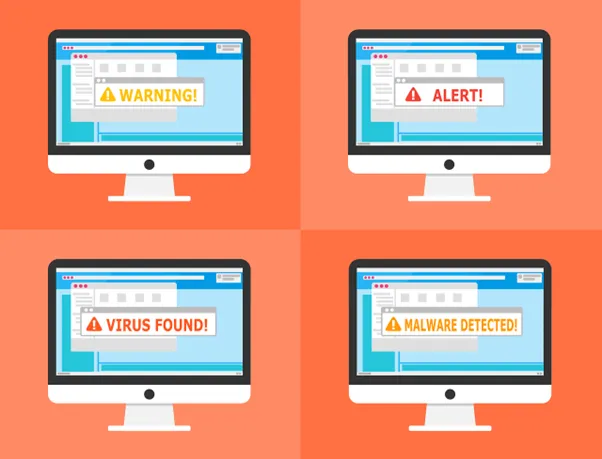
Why Protecting Your Software Supply Chain is Vital
In our interconnected world, software security is more critical than ever. Whether your software is installed locally or hosted in the cloud, securing the entire software supply chain is crucial. This includes everything from the tools developers use to the delivery of updates. A breach or vulnerability at any stage can lead to serious consequences.
For instance, the global IT outage last July disrupted airlines, banks, and numerous businesses. The root cause was a problematic update from a software supplier, CrowdStrike, which was a key link in many software supply chains. To avoid similar issues, it’s essential to understand why securing your software supply chain is vital.
Increasing Complexity and Interdependence
Numerous Components: Modern software systems rely on various elements, including open-source libraries, third-party APIs, and cloud services. Each component introduces potential vulnerabilities, making it essential to ensure the security of every part.
Continuous Integration and Deployment (CI/CD): CI/CD practices involve frequent updates and integrations, speeding up development but also increasing the risk of vulnerabilities. Securing the CI/CD pipeline is crucial to prevent malicious code from being introduced.
Rising Cyber Threats
Targeted Attacks: Cyber attackers increasingly target software supply chains. By compromising trusted software, they gain access to broader networks, often bypassing direct attacks on well-protected systems.
Sophisticated Techniques: Attackers employ advanced techniques such as malware, zero-day exploits, and social engineering to exploit vulnerabilities. These complex attacks require a robust security posture to detect and mitigate effectively.
Financial and Reputational Damage: Successful attacks can lead to significant financial losses, regulatory fines, and damage to your company’s reputation. Proactively securing your supply chain helps avoid these costly outcomes.
Regulatory Requirements
Compliance Standards: Various industries are subject to strict security regulations, such as GDPR, HIPAA, and CMMC. Non-compliance can result in severe penalties, so securing your supply chain is essential for meeting these requirements.
Vendor Risk Management: Regulations often mandate rigorous vendor risk management. This includes assessing and monitoring the security practices of all suppliers to ensure they comply with necessary standards.
Data Protection: Regulations emphasize the protection of sensitive data. Securing your supply chain is crucial for safeguarding this data from unauthorized access, particularly in industries like finance and healthcare where breaches can have serious consequences.
Ensuring Business Continuity
Preventing Disruptions: A secure supply chain helps avoid disruptions in business operations. Cyber-attacks can lead to downtime, impacting productivity and revenue. Maintaining supply chain integrity minimizes these risks.
Maintaining Trust: Customers and partners expect reliable and secure software. A breach can erode trust and damage relationships. Securing your supply chain helps preserve stakeholder confidence.
Steps to Secure Your Software Supply Chain
Implement Strong Authentication: Use strong authentication methods, including multi-factor authentication (MFA) and secure access controls, to ensure only authorized personnel can access critical systems and data.
Phased Update Rollouts: Apply software updates in stages. Start with a few systems, and if they remain unaffected, roll out updates more widely.
Conduct Security Audits: Regularly audit the security of your supply chain, assessing all vendors and partners. Identify and address any security gaps to ensure ongoing compliance.
Adopt Secure Development Practices: Integrate security into the development lifecycle with practices like code reviews, static analysis, and penetration testing to reduce vulnerabilities.
Monitor for Threats: Implement continuous monitoring with tools such as intrusion detection systems (IDS) and security information and event management (SIEM) systems to detect and respond to threats in real-time.
Educate and Train Staff: Provide training on supply chain security to all relevant staff, including developers, IT personnel, and management. Ensuring everyone understands their role in maintaining security is crucial.
Need Assistance with IT Vendor Management?
Securing your software supply chain is essential to avoid severe financial and operational impacts. If you need help managing technology vendors or strengthening your digital supply chain, reach out to us today. Let’s discuss how we can enhance your security posture.
Contact Us
Get a Free Consultation
Complete the form to receive a free consultation and learn how we can make your technology worry-free!
773-313-9009
7061 North Ave, Suite 354, Oak Park, IL 60302

